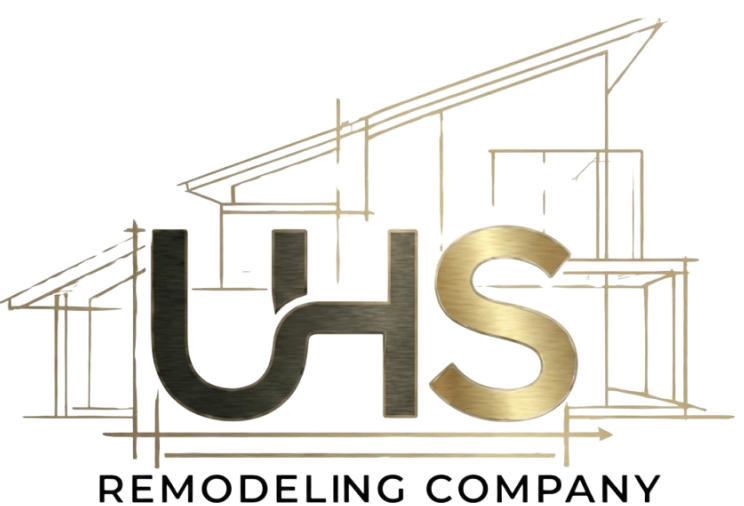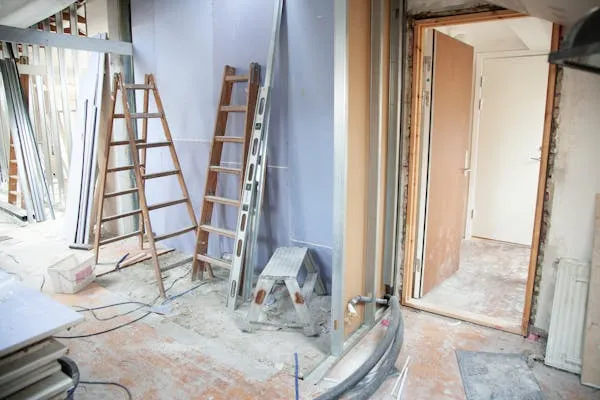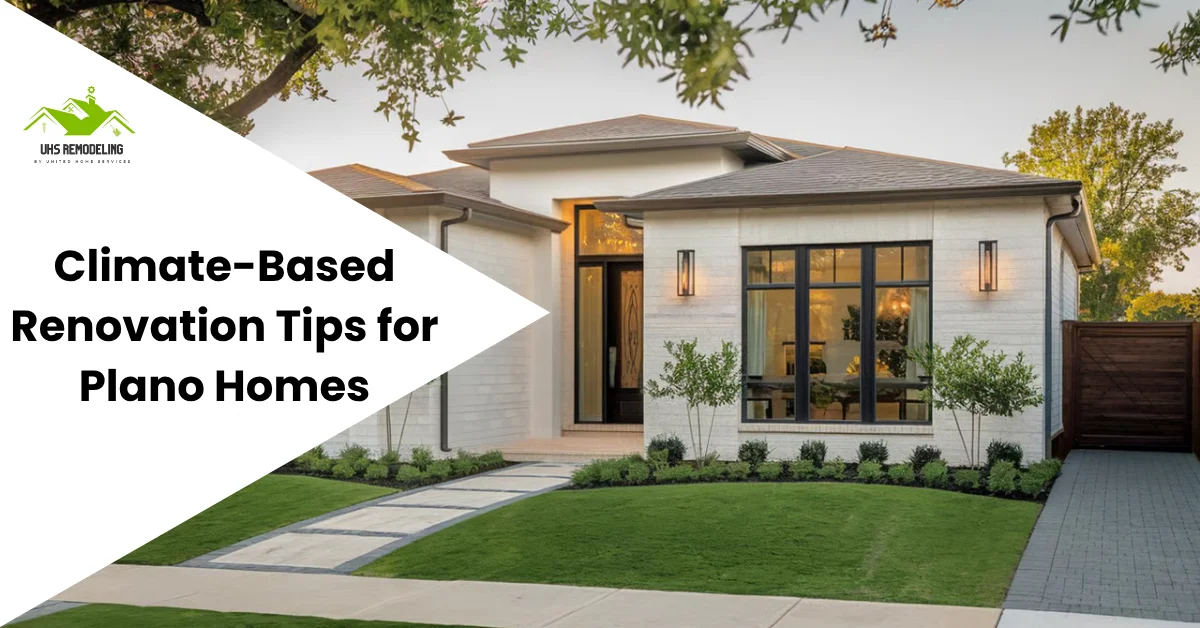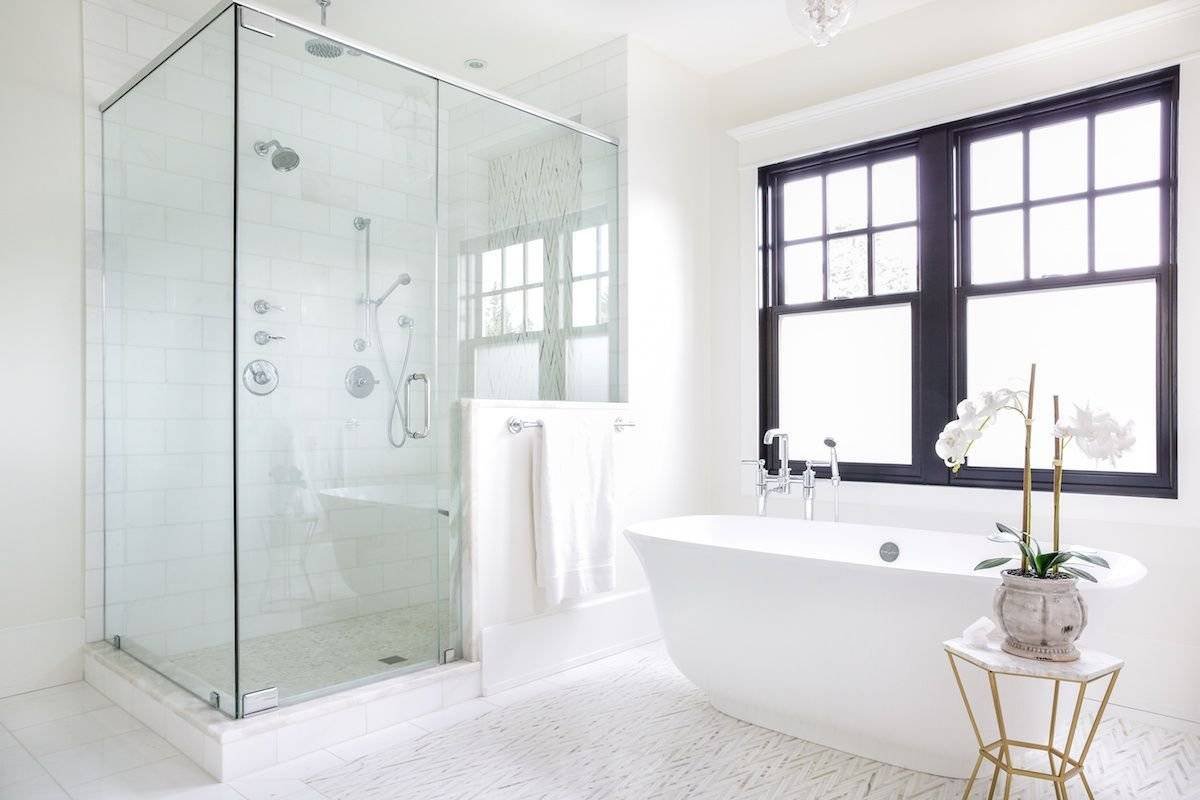Whole house renovations have become a cherished tradition across the USA. The nation’s love for transforming homes is more than just a trend; it’s an enduring part of American Culture.
According to the Joint Center for Housing Studies of Harvard University (JCHS), home improvement project spending increased from $328 billion in 2019 to $472 billion in 2022, with an estimated 2024 spending of $485 billion. These statistics show that Americans are investing more than ever in making their homes a perfect fit for their needs and aesthetic desires.
However, a whole house renovation is no small feat. The process can be fraught with a series of challenges that range from budgeting woes to delays. Let’s talk about the common challenges homeowners face during house renovations.
Budgeting and Planning
Budgeting and financial planning are the most important aspects of whole house renovation. It’s easy to overlook some costs during the initial planning, whether the price of materials is higher than anticipated or realizing you need more supplies like paint or tiles.
Solutions
- The best way to avoid financial headaches is to plan your budget carefully and add a little extra. This extra money, a contingency fund, should be about 10-20% of your total budget.
- See if there are any parts of your current home, like cabinets or fixtures that you can reuse or spruce up instead of buying new.
- Shop around for the best deals on materials and labor. Compare prices to make a wise decision.
For a full planning guide, explore Steps to Planning a Successful Whole House Renovation.
Inadequate Design Planning
Another important part of the whole house renovation is designing. Often, what you envision for your space might not be entirely feasible due to structural limitations, budget constraints, or inefficiencies in the proposed design. The two common challenges are the mismatch between design expectations and the complexity of obtaining permits and meeting local regulations.
Solutions
- The most effective way is to hire experienced architects and designers. They understand balancing your aesthetic vision with practical design solutions that fit structural and budget constraints.
- Implement advanced design tools and software to represent the outcome accurately.
Failing to Anticipate Delays
One of the more significant challenges in whole-house renovations is failing to anticipate delays. Delays can arise from various sources, including back-ordered materials, unexpected structural issues, or delays from contractors due to overbooked schedules. Such setbacks can prolong the project, often leading to increased costs and frustrations.
Solutions
- Always build extra time into your project timeline to accommodate unexpected delays.
- Hire Reputable professionals like UHS remodeling for your project. Their expertise and organization help minimize delays. They often have well-established procedures for managing timelines and coordinating various teams efficiently.
- Ensure that your agreements with contractors include terms about timeline commitments and consequences for significant delays.
If you’re considering an addition, check Transform Your Home with UHS Remodeling to see how proper planning prevents costly setbacks.
Outdated Plumbing and Electrical Systems
You might discover outdated plumbing and electrical systems when renovating an older home. Many older homes have plumbing made from galvanized pipes, prevalent before the 1960s. These pipes are susceptible to corrosion, clogging, and leaking over time, leading to water damage and health risks due to poor water quality. Old electrical systems might not be equipped to handle the power demands of modern appliances and technology.
Solutions
- Hire a professional plumber to assess the condition of the existing pipes. Replace old galvanized pipes with alternatives like PEX, CPVC, or copper.
- Have a licensed electrician thoroughly evaluate the existing electrical system to identify potential risks or areas not meeting current electrical codes.
- Replace old wiring, ensure all sockets are grounded, and install GFCIs in critical areas such as kitchens and bathrooms.
To maximize your property’s value during upgrades, read How to Increase Home Value with Renovation.
Dealing with Structural issues
Older homes can have hidden problems such as foundation weaknesses, termite damage, or deteriorated support beams. Ensuring that an older home meets today’s building codes is another significant challenge. Structural aspects of older buildings might not conform to current safety standards, which can complicate renovations and extend timelines.
Solutions
- Conduct a comprehensive inspection of the property before beginning any renovation work.
- Employ technologies such as thermal imaging to detect hidden problems like moisture or pest infestation.
- Hire a structural engineer to evaluate the home’s condition and provide insights on necessary reinforcements or modifications.
Need general remodeling help nearby? See home remodeling in Frisco and home renovation services in Plano for full-service options.
Conclusion
Wrapping up a whole house renovation project can sometimes feel like you’re the last in a long line of archaeologists, each uncovering layers of past renovations that might not have been up to par. As you dig into your project, you might find a variety of surprises ranging from quirky DIY fixes to outright mistakes in workmanship.
This is why bringing in professionals like those from UHS Remodeling is so important. Hiring experienced experts can make a huge difference. They have the skills to identify and correct past mistakes to ensure your home looks good and is safe and up to current standards. So, as you plan your project, consider partnering with UHS remodeling services to ensure that your home’s legacy is quality and craftsmanship.
FAQs
What should I include in my renovation budget?
Include all potential costs, such as materials, labor, and permits, plus a contingency fund of 10-20% of the total budget. Account for unexpected expenses like price increases or additional supplies. Reusing existing fixtures can also help manage costs.
How can I avoid design mismatches in my renovation?
Hire experienced architects or designers to balance your aesthetic vision with practical design solutions. Utilize advanced design tools to visualize the final outcome accurately. This helps align your expectations with structural and budget constraints.
What steps can I take to manage renovation delays?
Build extra time into your project timeline to accommodate unexpected delays. Hire reputable professionals with good organizational skills and clear agreements on timelines. Ensure contractors are aware of potential delays and include consequences in your contracts.
How do I address outdated plumbing and electrical systems?
Hire a professional plumber to assess and replace old pipes with modern alternatives like PEX or copper. Have a licensed electrician evaluate and upgrade the electrical system to meet current codes, including replacing old wiring and installing GFCIs.
What should I do about structural issues in an older home?
Conduct a thorough inspection before starting renovations. Use technologies like thermal imaging to detect hidden problems. Employ a structural engineer to assess the home and recommend necessary reinforcements or modifications to meet current safety standards.





